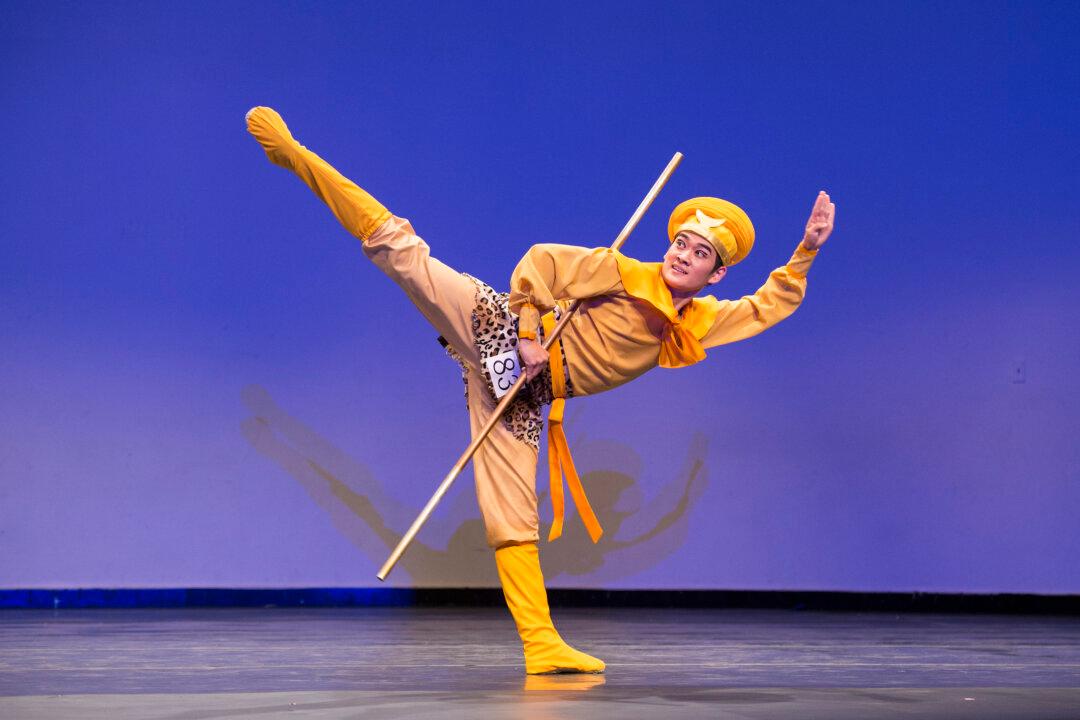There’s a Chinese saying, “Before learning a skill, first learn to be a good person.”
It’s a piece of wisdom that William Li embodies in his chosen skill: classical Chinese dance.

There’s a Chinese saying, “Before learning a skill, first learn to be a good person.”
It’s a piece of wisdom that William Li embodies in his chosen skill: classical Chinese dance.